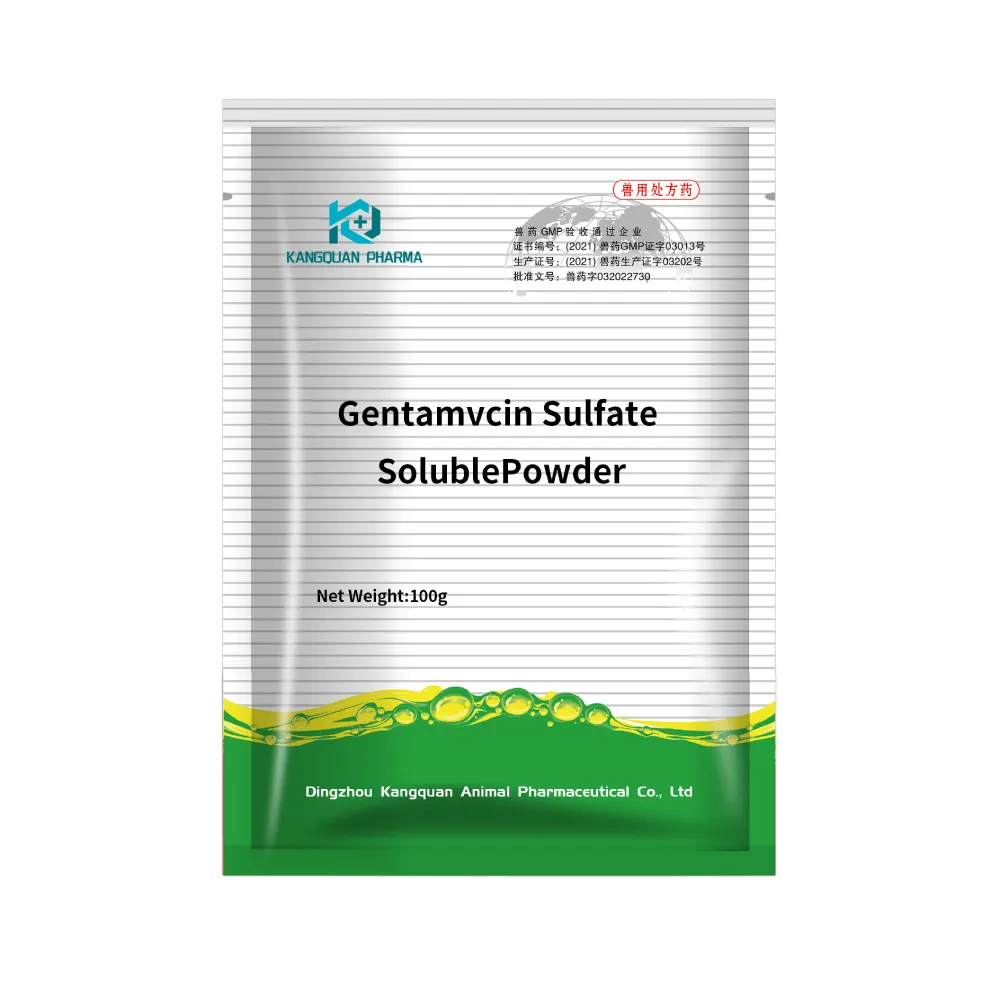- Afrikaans
- Albanian
- Amharic
- Arabic
- Armenian
- Azerbaijani
- Basque
- Belarusian
- Bengali
- Bosnian
- Bulgarian
- Catalan
- Cebuano
- Corsican
- Croatian
- Czech
- Danish
- Dutch
- English
- Esperanto
- Estonian
- Finnish
- French
- Frisian
- Galician
- Georgian
- German
- Greek
- Gujarati
- Haitian Creole
- hausa
- hawaiian
- Hebrew
- Hindi
- Miao
- Hungarian
- Icelandic
- igbo
- Indonesian
- irish
- Italian
- Japanese
- Javanese
- Kannada
- kazakh
- Khmer
- Rwandese
- Korean
- Kurdish
- Kyrgyz
- Lao
- Latin
- Latvian
- Lithuanian
- Luxembourgish
- Macedonian
- Malgashi
- Malay
- Malayalam
- Maltese
- Maori
- Marathi
- Mongolian
- Myanmar
- Nepali
- Norwegian
- Norwegian
- Occitan
- Pashto
- Persian
- Polish
- Portuguese
- Punjabi
- Romanian
- Russian
- Samoan
- Scottish Gaelic
- Serbian
- Sesotho
- Shona
- Sindhi
- Sinhala
- Slovak
- Slovenian
- Somali
- Spanish
- Sundanese
- Swahili
- Swedish
- Tagalog
- Tajik
- Tamil
- Tatar
- Telugu
- Thai
- Turkish
- Turkmen
- Ukrainian
- Urdu
- Uighur
- Uzbek
- Vietnamese
- Welsh
- Bantu
- Yiddish
- Yoruba
- Zulu
Nov . 30, 2024 01:22 Back to list
paracetamol antipyretic and analgesic
Paracetamol A Comprehensive Overview of Its Antipyretic and Analgesic Properties
Paracetamol, widely known as acetaminophen in some regions, is one of the most commonly used medications globally. Recognized for its effectiveness as both an antipyretic and analgesic, paracetamol serves as a critical component in the management of pain and fever across diverse patient populations, ranging from infants to the elderly.
Mechanism of Action
The precise mechanism of action of paracetamol is not fully understood; however, it is believed to work primarily in the central nervous system. Unlike non-steroidal anti-inflammatory drugs (NSAIDs) that inhibit cyclooxygenase enzymes (COX-1 and COX-2) and thus reduce inflammation, paracetamol appears to elevate the pain threshold and lower body temperature by interacting with the endocannabinoid system and influencing serotonergic pathways. This unique mechanism makes it a favorable option for those who may be sensitive to the gastrointestinal side effects often associated with NSAIDs.
Antipyretic Properties
Fever serves as a natural defense mechanism against infections, but in certain cases, it can lead to discomfort and complications. Paracetamol is commonly used to reduce fever in both children and adults. Research suggests that paracetamol acts on the hypothalamus, the body’s thermostat, to induce vasodilation and sweating, thereby promoting heat loss and reducing elevated body temperatures. Its rapid onset of action, often within 30 minutes, makes it an ideal choice for managing febrile conditions.
Analgesic Properties
paracetamol antipyretic and analgesic

As an analgesic, paracetamol provides relief from mild to moderate pain, including headaches, muscle aches, arthritis, and menstrual cramps. It is often preferred over NSAIDs due to its lower risk of causing gastrointestinal irritation or bleeding. In fact, paracetamol is the analgesic of choice for many patients, including those who require pain management after surgical procedures. For chronic pain conditions, paracetamol has been found to be effective, especially when administered in combination with other analgesics.
Safety Profile
When used as directed, paracetamol is generally regarded as safe. However, it is crucial to adhere to recommended dosages, as excessive intake can lead to hepatotoxicity. Acute liver failure associated with paracetamol overdose remains a significant concern, emphasizing the importance of public education regarding safe usage. The recommended maximum daily limit for adults is typically set at 4,000 mg, though lower limits may be advised for individuals with pre-existing liver disease or heavy alcohol use. In pediatric populations, appropriate dosing must account for the child’s weight and age to avoid overdose risks.
Paracetamol in Special Populations
Particular attention is warranted when considering paracetamol for certain populations. Pregnant and breastfeeding women often rely on paracetamol for pain relief, as it is generally deemed safe during these periods. Nonetheless, ongoing research is essential to explore any potential long-term effects on the developing fetus or infant. Furthermore, in elderly patients who frequently present with comorbid conditions, paracetamol becomes a vital component of multimodal pain management approaches, considering its minimal interaction with other medications.
Conclusion
Paracetamol remains a cornerstone in both the management of fever and the alleviation of pain. Its efficacy, coupled with a favorable safety profile when used appropriately, ensures its continued importance in clinical practice. While advances in medical science continue to unveil new therapeutic options, the role of paracetamol as a reliable antipyretic and analgesic is unlikely to diminish. Healthcare professionals must maintain vigilance regarding recommended dosages and potential interactions to optimize patient outcomes. As research evolves, ongoing studies will further elucidate the comprehensive effects of this ubiquitous medication, cementing paracetamol's status as an essential tool in the management of pain and fever for future generations.
-
Guide to Oxytetracycline Injection
NewsMar.27,2025
-
Guide to Colistin Sulphate
NewsMar.27,2025
-
Gentamicin Sulfate: Uses, Price, And Key Information
NewsMar.27,2025
-
Enrofloxacin Injection: Uses, Price, And Supplier Information
NewsMar.27,2025
-
Dexamethasone Sodium Phosphate Injection: Uses, Price, And Key Information
NewsMar.27,2025
-
Albendazole Tablet: Uses, Dosage, Cost, And Key Information
NewsMar.27,2025













